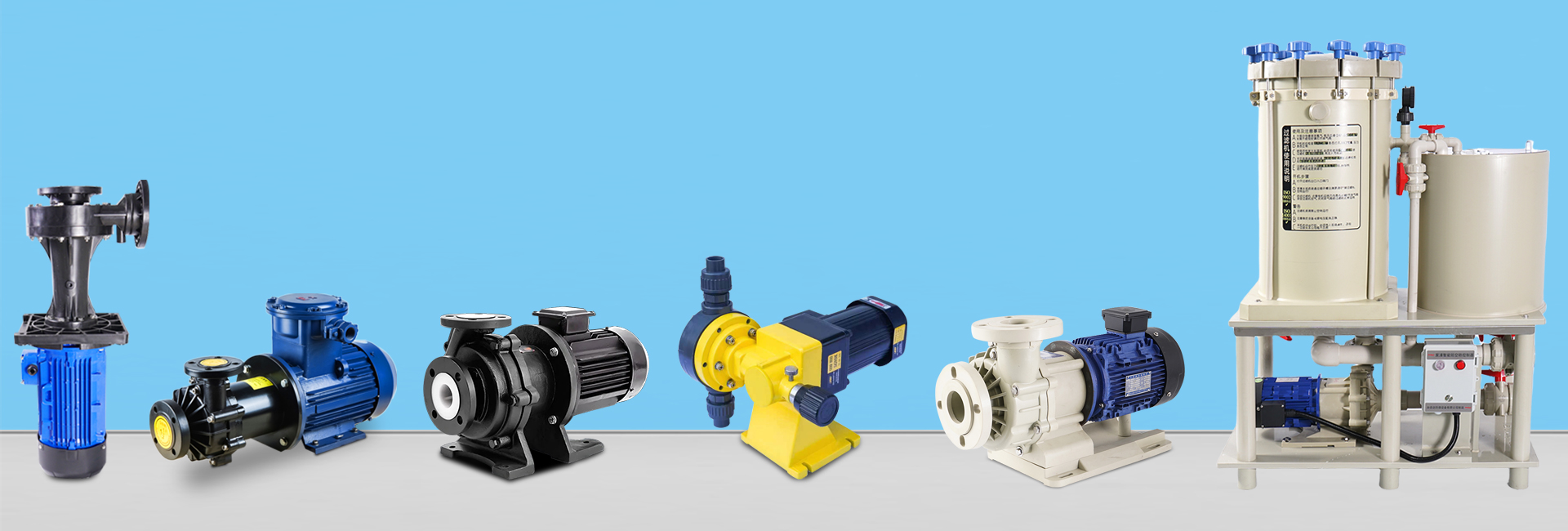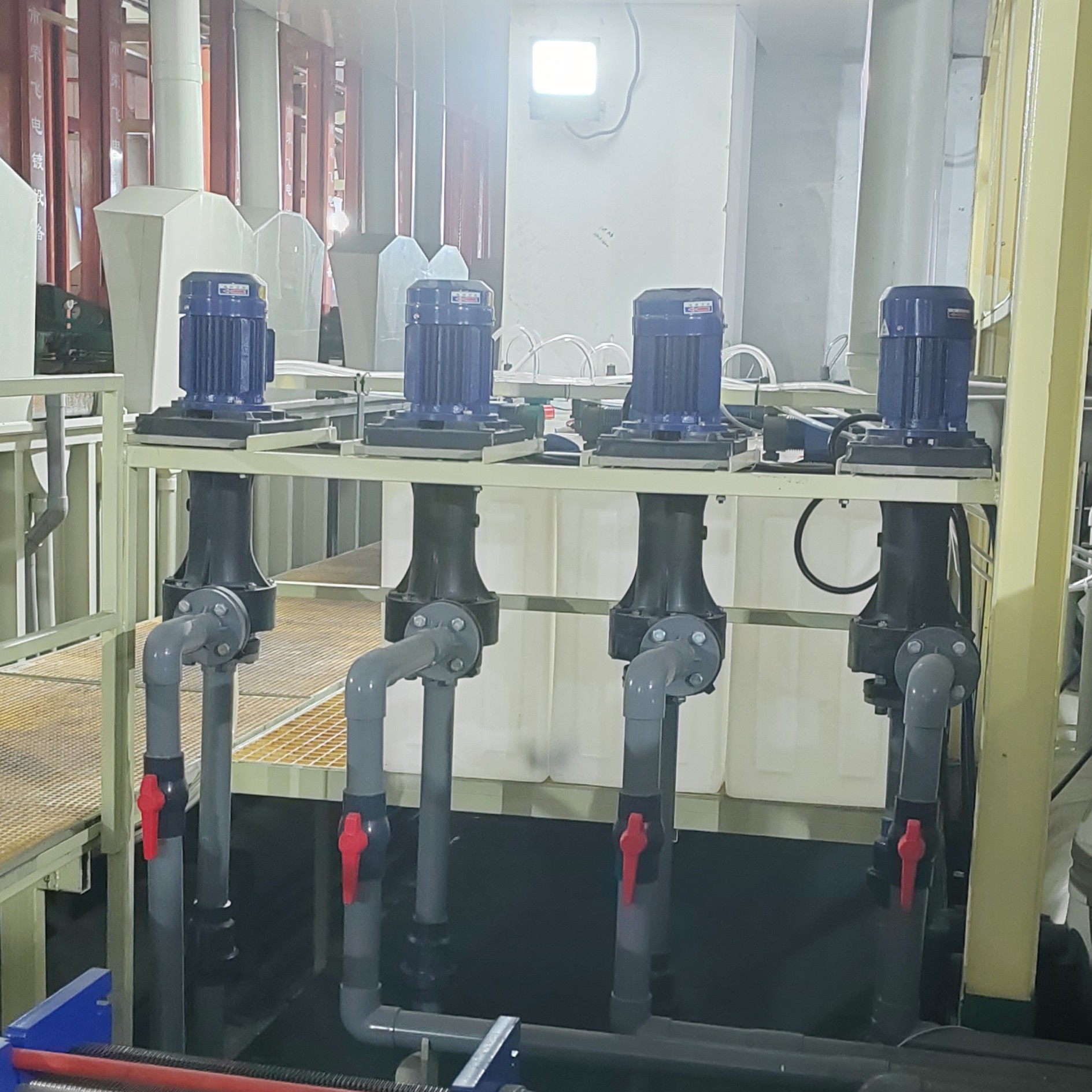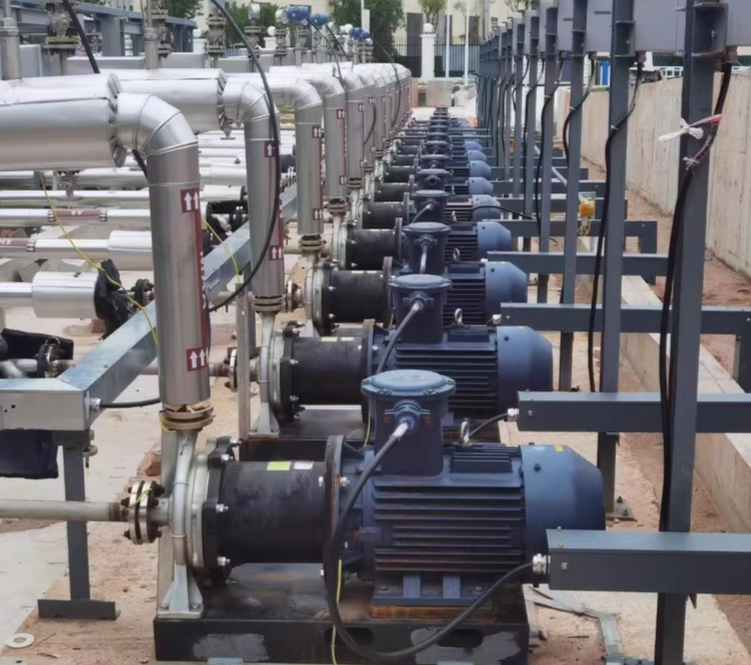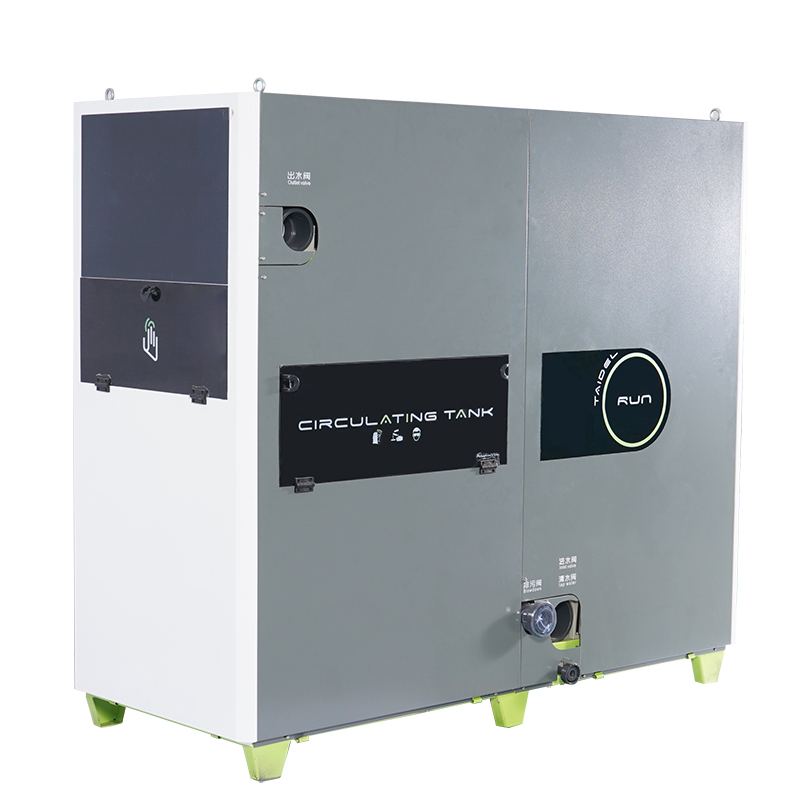Installing a magnetic pump correctly is critical to ensure efficient operation, prevent leakage, and extend the pump’s service life. This guide covers essential precautions for magnetically coupled pump installation, including environmental requirements, piping, alignment, electrical connections, and maintenance tips.
1. Installation Environment Requirements
A proper installation environment ensures the long-term reliability of your magnetic pump:
Stable foundation: Install the pump and motor on a solid, level base to minimize vibration.
Good ventilation: Ensure proper airflow around the motor to prevent overheating.
Corrosion and explosion protection: Choose corrosion-resistant materials and explosion-proof motors if handling hazardous or flammable liquids.
Adequate space: Leave enough clearance around the pump for inspection, maintenance, and servicing.

2. Pump and Piping Installation
Correct piping reduces stress on the pump and prevents premature failure:
Pipe alignment: Align inlet and outlet pipes precisely to avoid stress on the pump body and magnetic coupling.
Pipe support: Ensure all piping is independently supported; never rely on the pump body.
Valve placement: Install valves on both suction and discharge lines for maintenance and flow control.
Suction line considerations:
Keep suction lines short and straight; avoid sharp bends.
Ensure the liquid level is above the pump suction or use a bottom-suction setup to prevent dry running.
Discharge line considerations:
Install a check valve to prevent backflow if necessary.
Avoid sudden pressure changes or water hammer that could damage the pump.
3. Pump Leveling and Shaft Alignment
Proper leveling and alignment are critical for pump efficiency and longevity:
Ensure the pump shaft is horizontal for even bearing load.
Accurately align the pump shaft and magnetic coupling to prevent decoupling or excessive wear.
Use a level or alignment tool to verify correct alignment before operation.
4. Motor and Electrical Connection
A safe electrical setup ensures smooth and reliable operation:
Motor wiring: Follow the motor nameplate instructions for voltage and three-phase sequence.
Electrical protection: Use overload and short-circuit protection devices to prevent damage.
Grounding: Ensure proper grounding of both pump and motor for operator safety.
5. Priming and Initial Startup
Magnetic pumps cannot run dry, so proper startup is essential:
Priming: Fill the pump casing with liquid before starting.
Air removal: Remove all air from the piping to prevent cavitation or dry running.
Slow initial startup: Run the pump at low speed first, monitoring for unusual vibration, noise, or leakage.
6. Safety and Maintenance
Routine inspection and preventive maintenance are essential:
Protective covers: Ensure guards are in place around the magnetic coupling and rotating parts.
Regular checks:
During initial operation, check hourly for noise or vibration.
Periodically inspect bearing temperature, motor temperature, and pump body wear.
Cleanliness: Keep the pump and surrounding area clean to prevent foreign matter from entering.
Pro Tip for Operators
If the pump shows low flow, excessive noise, or magnetic decoupling after installation, the issue is usually pipe stress or shaft misalignment. Correcting alignment early is far easier than major repairs later.
✅ Conclusion:
Following these magnetic pump installation precautions ensures safe operation, maximizes pump lifespan, and improves performance. Proper alignment, piping support, electrical setup, and regular maintenance are the keys to success.







